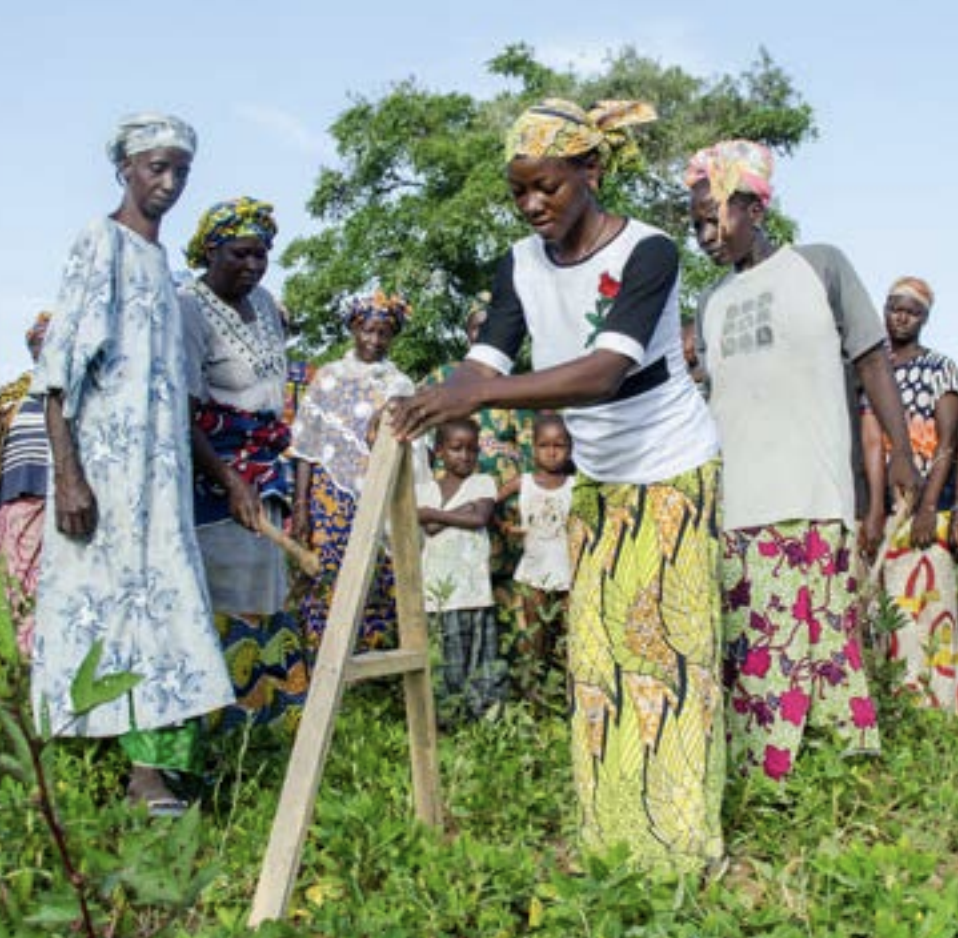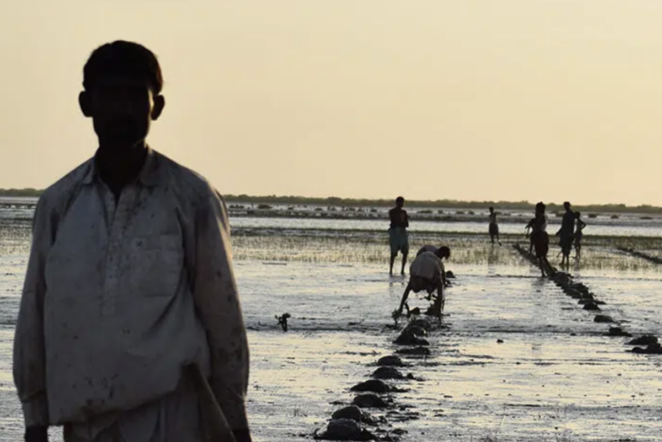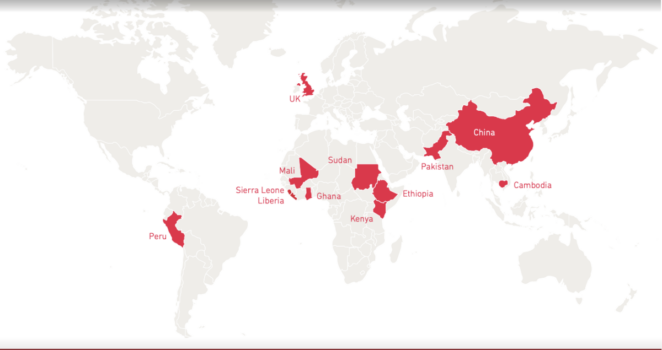Nature-based Solutions in Action: Lessons from the Frontline

Introduction
Decision makers across government, business and communities are increasingly recognising that nature-based solutions (NbS) can contribute to addressing the crises. Defined by the International Union for Conservation of Nature (IUCN) as “actions to protect, sustainably manage, and restore natural or modified ecosystems, that address societal challenges effectively and adaptively, simultaneously providing human well-being and biodiversity benefits”, high quality NbS involve working with, through, and for nature, people and climate. NbS offer a cost-effective approach that can deliver multiple benefits when done well.
Many have also raised concerns, particularly about the potential for NbS to be used by businesses or nations to replace or delay the deep decarbonisation of our economies that we know is urgently needed; that the approach could be seen as the commoditisation of nature; and that without adequate standards and safeguards activities done in the name of NbS could harm people and nature.
So how do we use the positive commitments to NbS to drive action that works for people, nature and climate? This report is intended to present real-life evidence of how high quality NbS can deliver positive outcomes for climate, nature and people. It highlights common success factors to ensure that NbS are implemented well for the benefit of people, nature and climate. The 13 case studies in this report have been contributed by environment, development and local community organisations. They show NbS in action in a wide range of contexts, from a Farmers’ Seed Network in China that supports agroecology by conserving traditional seeds, to large-scale watershed management in glacial mountain ecosystems in Peru and managing flood risk in the UK.
This weADAPT article is an abridged version of the original text, which can be downloaded from the right-hand column. Please access the original text for more detail, research purposes, full references, or to quote text.

Evidence and lessons from change-makers on the ground
The report explores 13 in-depth examples of NbS beings applied in practice:
- China: Community-based seed banks and agroecology practices (p.13)
- Ethiopia: Farmer-managed forest landscape restoration (p.16)
- Ghana:Farmer-managed and community-based dryland restoration (p.19)
- Kenya:Community-based mangrove forest restoration (p.22)
- Mali:Community-based dryland restoration (p.25)
- Peru:Sustainable watershed management in glacial mountain ecosystems (p.29)
- Ethiopia: An Eco-regional approach to ecosystem conservation and livelihoods in the Bale eco-region (p.32)
- Cambodia:Increasing rice profitability to reduce forest and wetland clearance (p.36)
- The Greater Gola Landscape, Sierra Leone and Liberia:Forest conservation for nature, climate and people (p.39)
- Kenya:Transforming lives and land with sand dams and climate-smart agriculture (p.42)
- Pakistan:Mangrove protection in the Indus Delta (p.45)
- Sudan:Community-based land and water management (p.49)
- UK:Coastal managed realignment (p.53)
Refer to the full report to learn about the case studies in detail, but see the key findings below.

Key Findings
The case studies reveal several ‘success factors’ that can put NbS on firm foundations. These include:
- Integrated approaches that conserve, restore and sustainably work with nature – these integrated approaches can, in many cases, make local communities more resilient to climate change, sequester carbon, enhance biodiversity and also ensure local communities can enjoy the economic, social and environmental benefits provided by healthy nature.
- Landscape approaches that build on long-term multi-stakeholder partnerships – integrated landscape approaches acknowledge that an ecosystem contains living and non-living elements that interact together, and that NbS must work with those complex interrelationships to be effective and create resilience within the system. It also brings together stakeholders across different sectors.
- Long-term engagements and planning that combine science with local and traditional knowledge – it ensures intervention designs are tailored to the unique local socioeconomic and political circumstances and to addressing the drivers of negative impacts locally.
- Participatory approaches that ensure strong community ownership and engagement – all the case studies emphasise that strong local community leadership for NbS is ‘make-or-break’ for success. Participatory approaches were used throughout the design, implementation, and monitoring of the projects to encourage community ownership.
- Combining short-term and long-term benefits, and securing them through sustainable finance strategies – some benefits from NbS may take a long time to materialise, especially where nature has been severely degraded and/or is suffering from severe climate change impacts. Many case studies included activities that offered support to local small businesses. These can help sustain economic benefits in the long term.
- Developing policies that can remove barriers and drive systemic changes at large scales – the case studies demonstrate the importance of working closely with local, regional and/or national governments. These relationships ensure long-term enabling policies are put in place, or generate funding that can help drive systemic changes and support NbS implementation at a large scale.
- Action on gender equality and women’s rights – the case studies suggest that activities that tackle gender inequality are a fundamental building block for successful NbS. In many developing countries, women are important natural resource managers.
Policy recommendations for harnessing NbS
The case studies and analysis of success factors lead us to seven recommendations for harnessing NbS:
- Support local communities to champion NbS – healthy ecosystems provide livelihoods for Indigenous Peoples and local communities, and are at the heart of many of their cultural and spiritual beliefs.
- Include strict safeguards and standards to avoid unintentional negative impacts or greenwashing – NbS should benefit climate, nature and people, and should not be used to mask business-as-usual approaches.
- Shift to a systemic approach addressing the pressures of unsustainable production and consumption – even scaled-up NbS will fail to have significant impacts unless unsustainable production and consumption are also addressed, especially in the food and agricultural sectors.
- Increase long-term funding for NbS, both in quantity and quality – despite supportive political rhetoric, NbS receive only a small share of global climate finance.
- Prioritise multi-purpose NbS at landscape scale and with a long-term vision – NbS need landscape/seascape multi-purpose planning and management if they are to deliver large-scale and game-changing benefits for people, nature and climate.
- Facilitate multi-stakeholder partnerships to implement NbS – different stakeholders, including local communities, government, private sector and civil society organisations need to be involved and work together to design and implement NbS.
- Integrate NbS as part of post-COVID-19 recovery – we need both governments and the private sector to invest more money in smarter ways so that nature can drive a green and fair economy.
Read the full report to explore the recommendations in detail.
We need to drive high-quality NbS forward in international processes and strengthen the links between people, climate and nature in negotiations. This report is an important part of that journey — the case studies showcase NbS’ real-life potential and how they are changing people’s lives, protecting or restoring nature and driving climate action. This foundational evidence should help leaders embed high-quality NbS firmly in their decisions and plans this year and for many years to come.
Suggested Citation:
Hou-Jones, X, Roe, D and Holland, E (2021). Nature-based Solutions in Action: Lessons from the Frontline. London. Bond.
Related resources
- Guidance Note: Seeking Clarity on Nature-Based Climate Solutions for Adaptation
- Solutions in Nature: Lessons from Fiji and Timor-Leste
- Nature-based Solutions for Climate Change in the UK: A Report by the British Ecological Society
- Amplifying Ecosystem-based Adaptation (EbA) with National Adaptation Plan (NAP) Processes
(0) Comments
There is no content